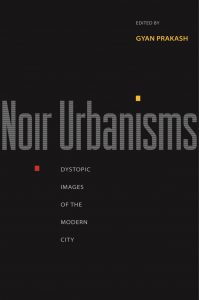
The reading showed Tsuitsui reflected on Japan’s past. Japan is a place near the pacific volcano ring of fire, there are lots of active and inactive volcanoes in Japan, accompany with other natural disasters such as earthquake, tsunami and human-made disasters like atomic bombing in WW2. The most recent disaster in Japan was the earthquake in 2011, a magnitude 9.0 earthquake with tsunami and nuclear threat from the power station. I still remember Japanese were patient enough to line up for public telephone after mobile phone network fail after earthquake. It shows the quality of Japanese and how they calmly face the natural disasters as it always happened in life. This also cohere with ”inevitability of growth and change’’ in the reading.
The reading also mentioned about Godzilla. It is depicted as an enormous, destructive, sea monster awakened and empowered by nuclear radiation. With the nuclear bombings of Hiroshima and Nagasaki still fresh in the Japanese consciousness, Godzilla was conceived as a metaphor for nuclear weapons. Its image in the film was so how reflected anti war mind set in Japanese version. The frame that Godzilla destroys Tokyo tower is iconic as King Kong Climb up to Empire State Building, it easily shows the catastrophic images of monster brings disaster to the society as if natural disasters and atomic bombing.
Murphy Lok Kan Wong
3035400015
A thoughful reflection of Tsuitsui’s text. The vulnerable geographic location contributed significantly to Japan’s familiarity with destruction. Is geographically condition also led to a nation resilient towards catastrophes. How did Japanese monster films reveal this aspect of Japanese culture through visuals? What is their value in today’s Japanese visual culture aside from their on-screen display of violence and destruction?